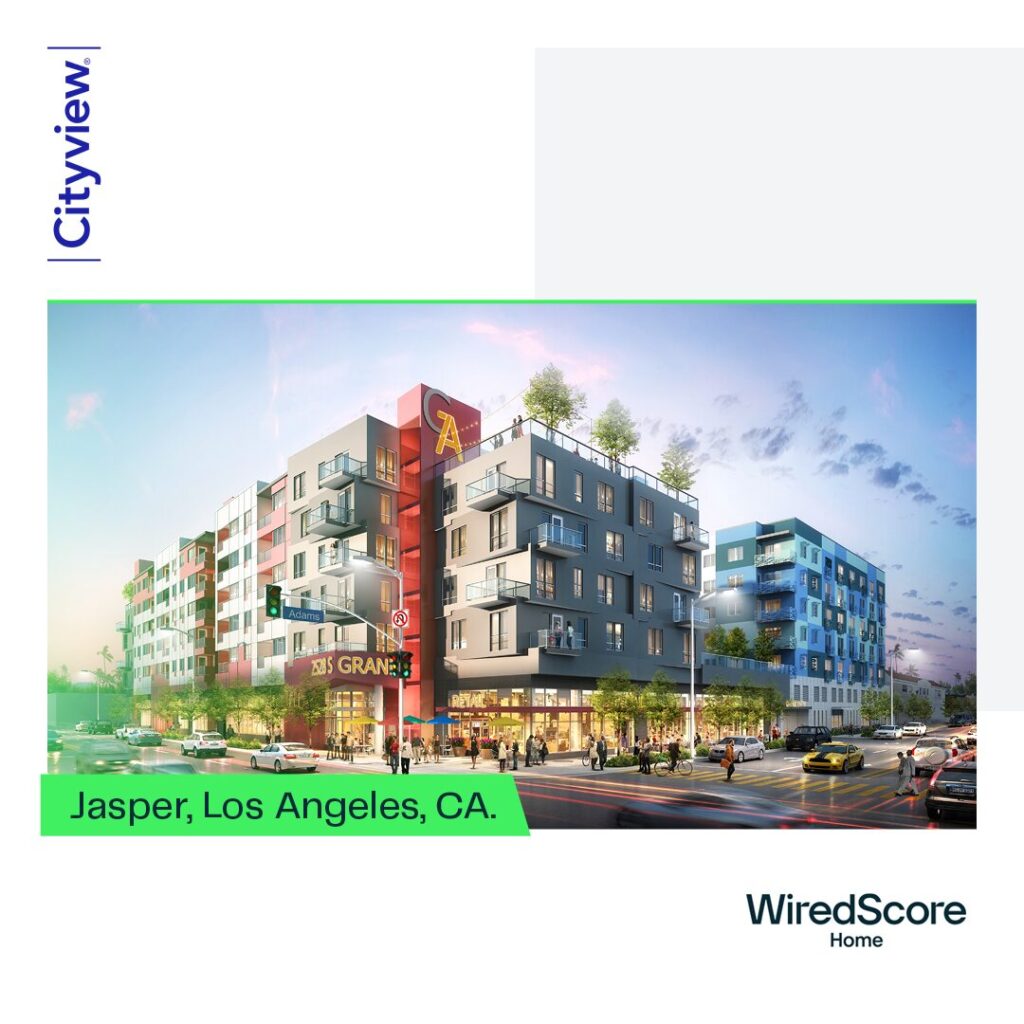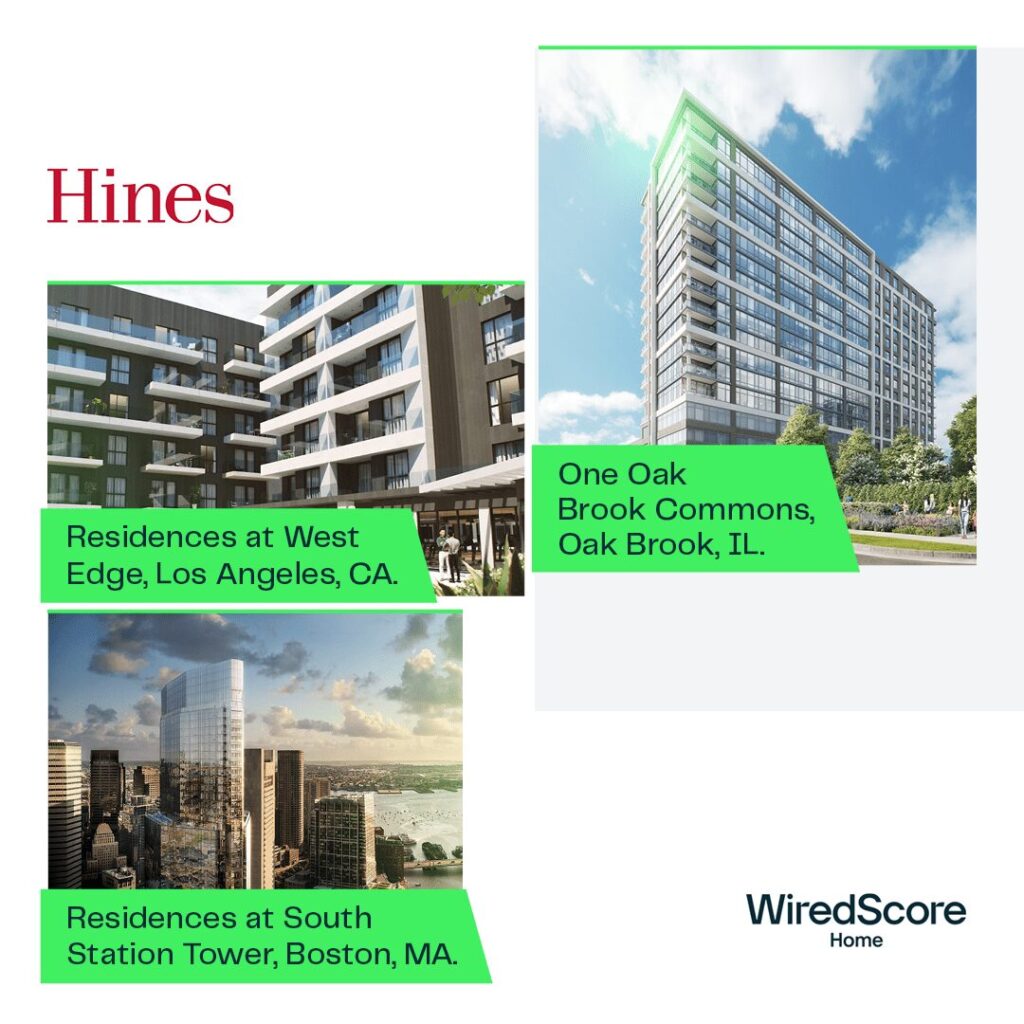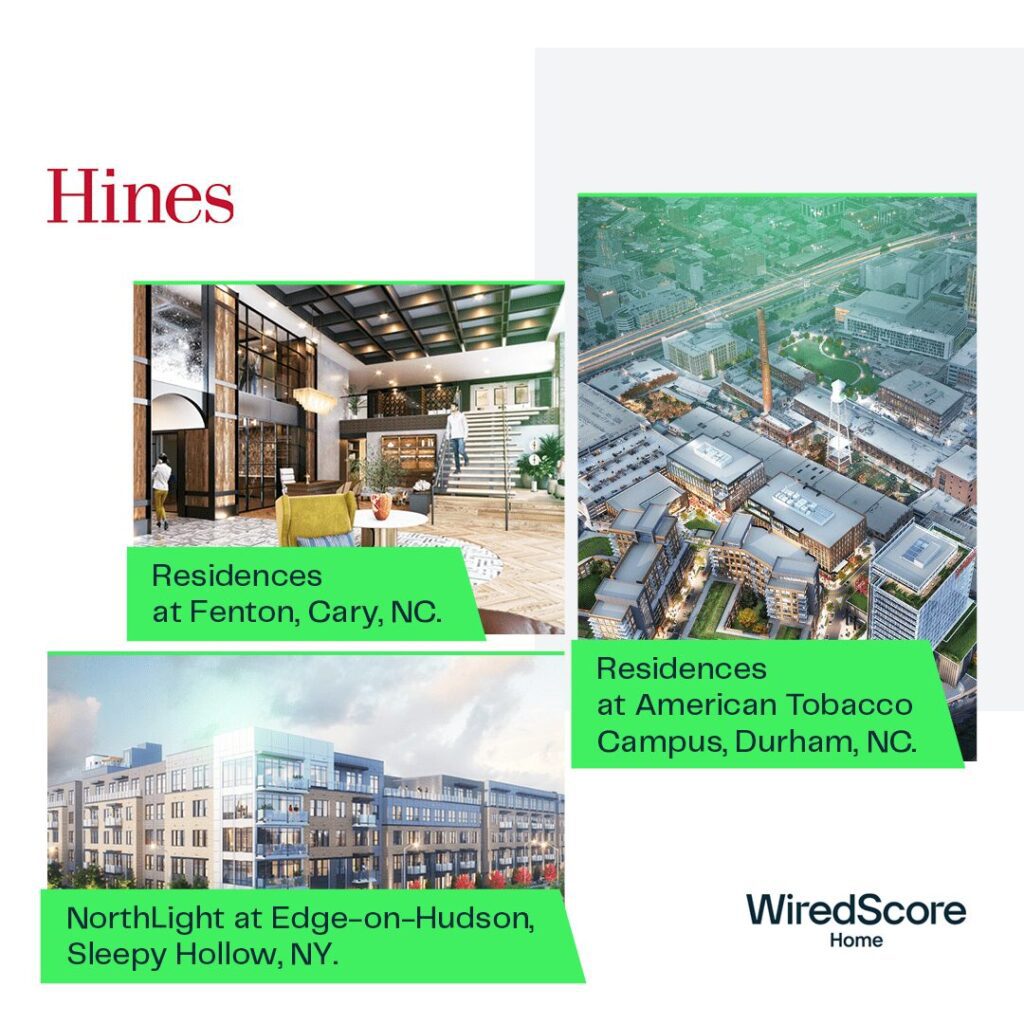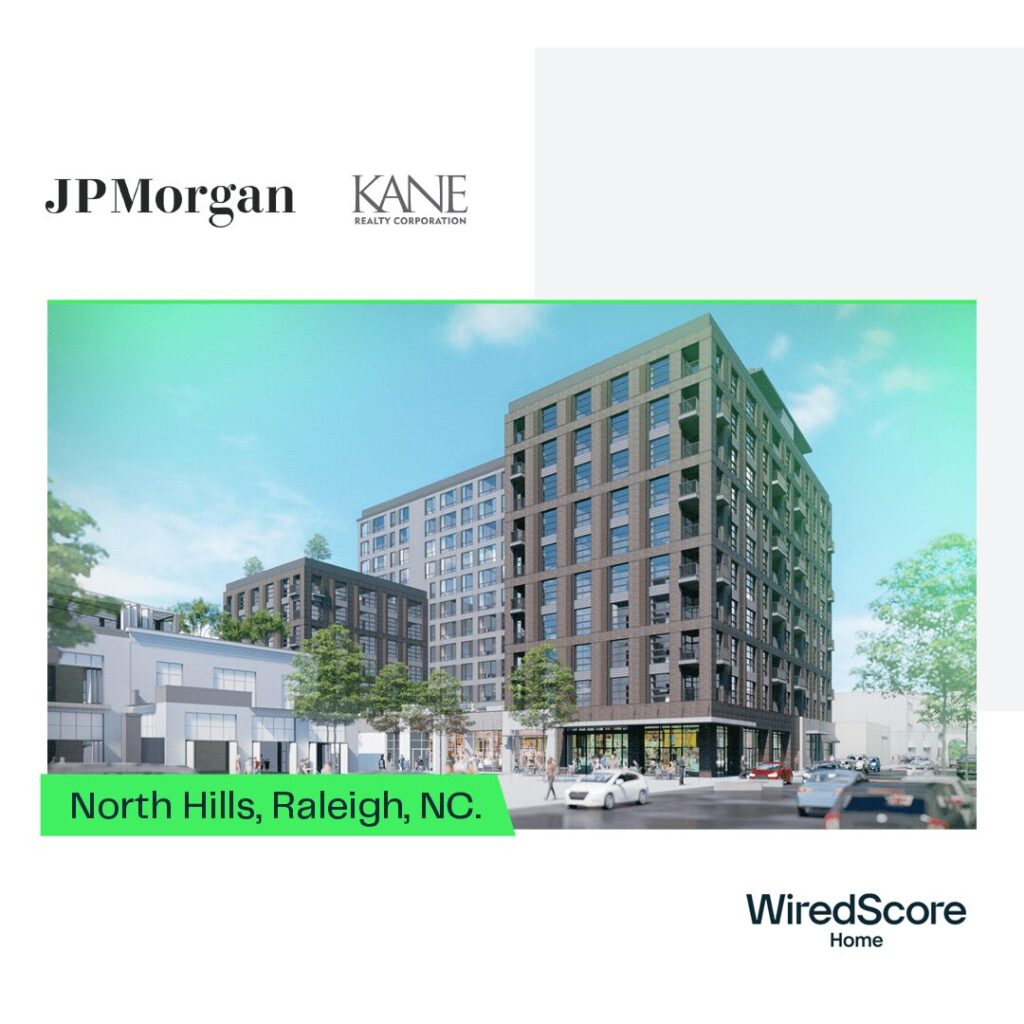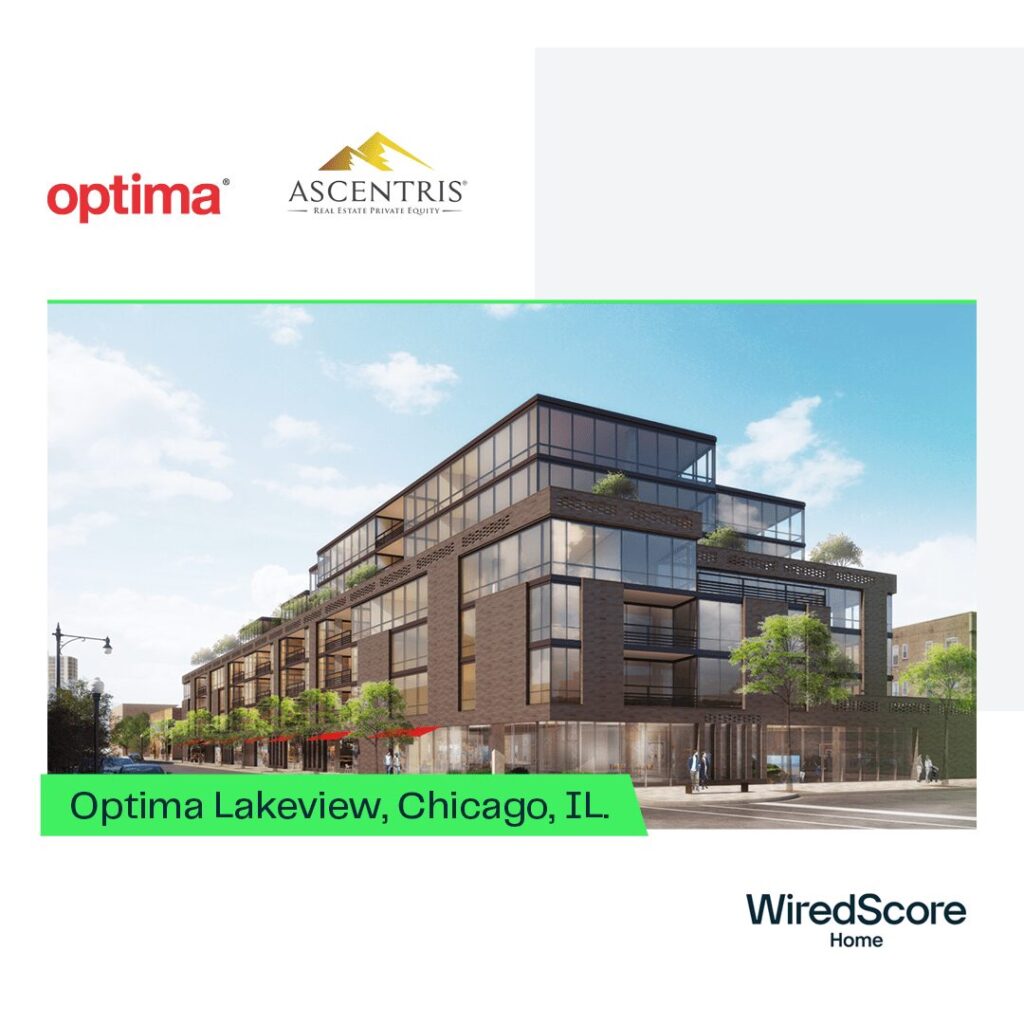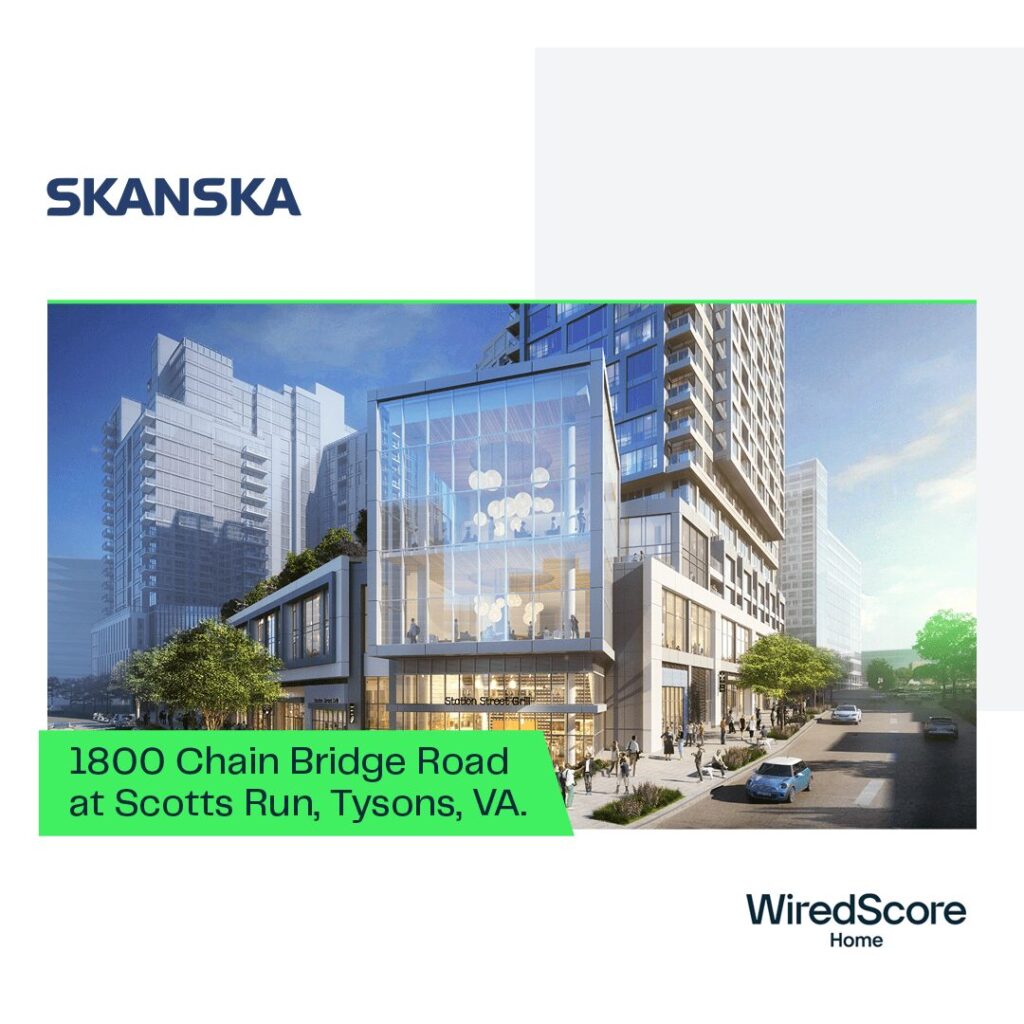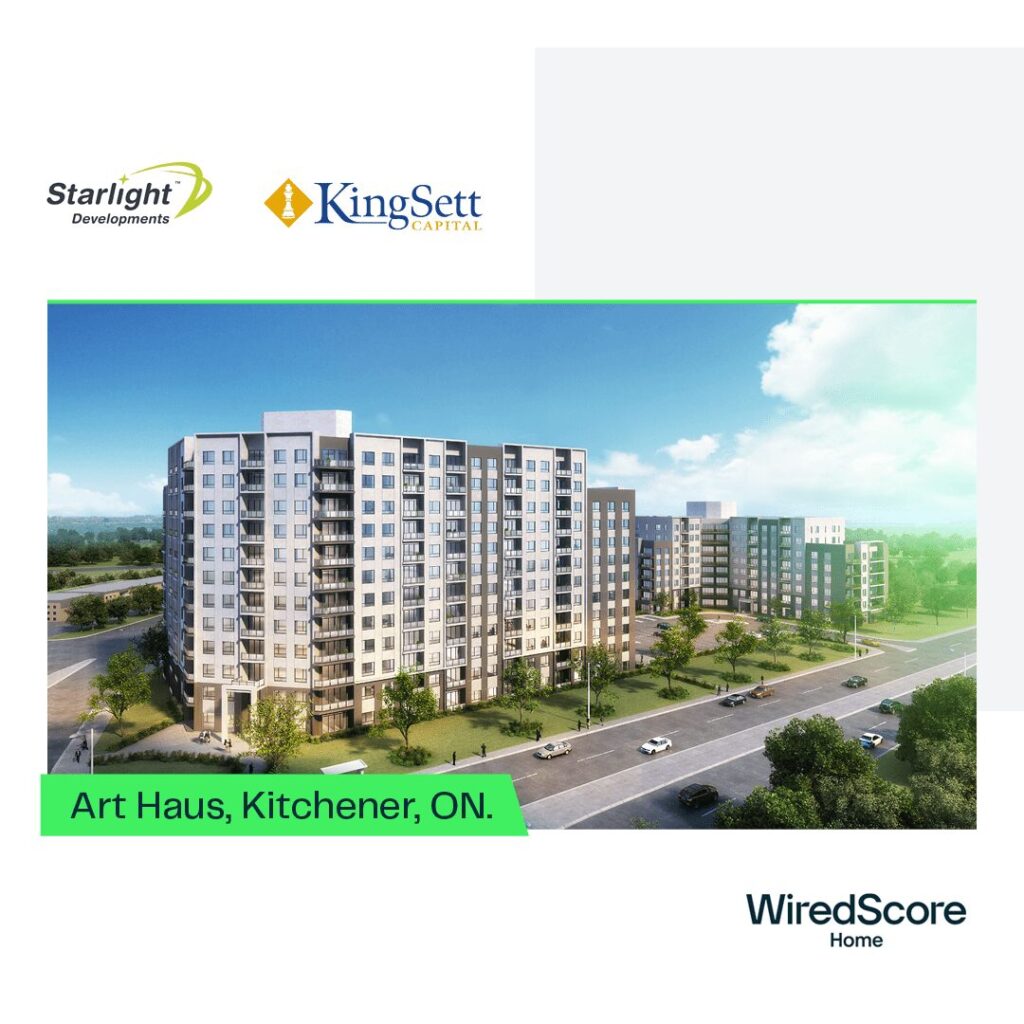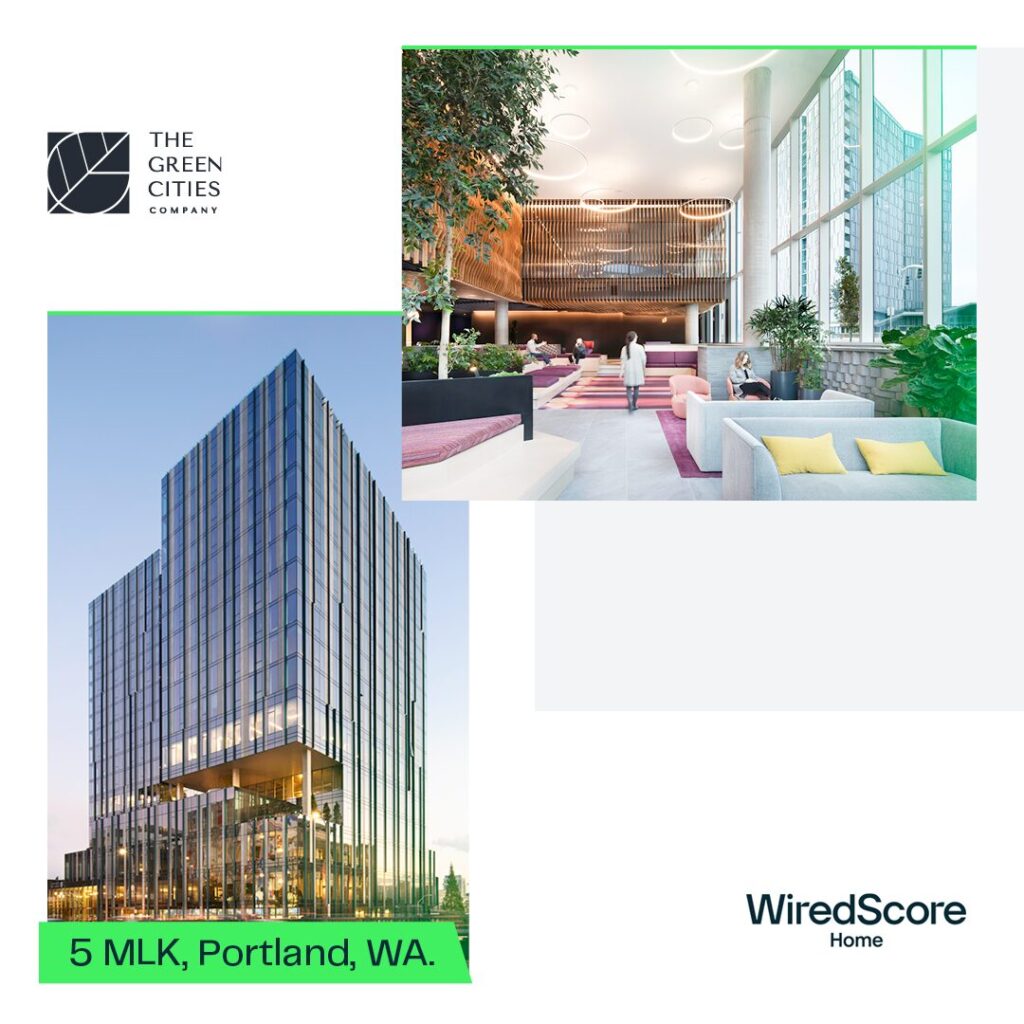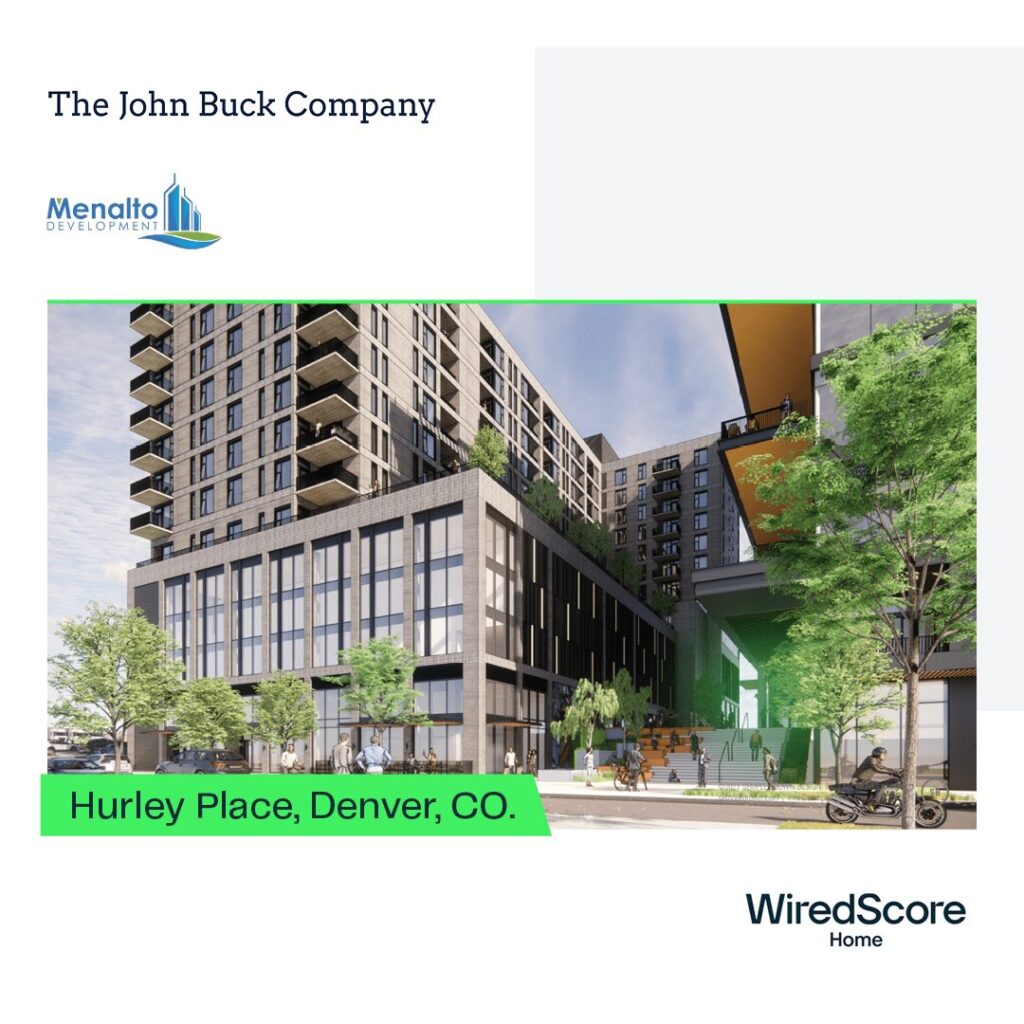As the industry sits at the precipice of a great shift, WiredScore Home launches in North America
Posted:
6 / 17 / 2021
Tagged:
On June 15th, WiredScore brought its multifamily certification: WiredScore Home to the North American market. This was an exciting first for real estate as we gathered with the common purpose of improving the multifamily experience on a global scale.
To kick things off, Arie Barendrecht (WiredScore Founder & CEO) hit us with the poignant statistic: “80% of all businesses now planning to allow employees to work remotely, it will be the landlords that meet the evolving tech needs of renters that will set themselves apart from the competition” proving that good in-home connectivity isn’t just a nice to have, it’s now business critical.
WhilstTom Redmayne (WiredScore’s North America Managing Director) contextualized the launch event by bringing the true cost of poor internet connectivity into sharp focus: “Those affected by poor connectivity are paying on average $337 per year on top of their WiFi bills for extra mobile data” cementing the necessity for better connectivity in the residential market at the forefront of the conversation.
We were honoured to play host to Dr. Andrea Chegut from MIT Real Estate Innovation Labs, who shared some insightful research results. Dr. Chegut’s eloquent keynote took us through how the residential sector has shifted in seismic proportions. The modern renter demands that connectivity not just be available, but that it’s as reliable as gas and electricity:
“For the built environment alone, we invent three to five new digital technologies per year. As these technologies layer into our buildings and our cities and our homes, they help to expand opportunities… At the heart of every space is connectivity that supports the digital expansion of our society.
WiredScore researches renters' needs
Ahead of the launch of WiredScore Home in North America, WiredScore commissioned a set of research finding that four in five renters expect the home internet to work like any other utility.
See the full research report here$337
The additional cost of poor WiFi to the average American renter.
86%
Of renters across North America face Wi-Fi connectivity issues, equating to around 20 service breakdowns per month.
As the launch event progressed, Shannon Shaw, WiredScore’s Global Director of Client Success, proudly announced the first 42 buildings in 30 cities across the US and Canada that have committed to the certification. This is a real leap forward for the US and Canadian residential sector, and we’re really thrilled to be working with such forward-thinking landlords, owners and developers.
After ample celebration and appreciation of the most forward thinking landlords and developers in the region, the launch event moved into an insightful discussion, and we had the opportunity to hear from a really impressive panel of experts. The panel was made up of some really key voices within the real estate space, and was expertly hosted by Jennifer Castenson, Vice President of Programming, Zonda.
The expert panel:

Andrei Girenkov, Senior Managing Director, Chief Technology Officer, Greystar

Kevin Donnelly, Vice President of Government Affairs, NMHC

Michael Hanak, Executive Director of Asset Management and Marketing, Starlight Investments

Stephanie Fuhrman, Head of Innovation,Catalyst Housing Group
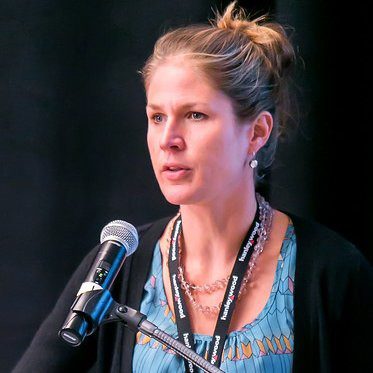
Jennifer Castenson (Moderator), Vice President of Programming, Zonda

Charles Davis, Vice President of Conceptual Construction, Hines
The panel discussion
Unsurprisingly, when it came to talking about the evolution of renters’ needs, COVID and the pandemic were big conversational hitters. The residential sector relies upon having a finely tuned ear to the ground, listening to what it is that the renters want, and need. And, as our lives have rapidly progressed towards a more digitally dependent way of life, renters now have connectivity at the top of the agenda – meaning that it must sit atop any developer’s agenda too.
Michael Hanak, Starlight Investments encapsulated the shift in resident requirements well when he said: “Prior to COVID, the focus was on amenities and now people are working from home, their focus has shifted. The tech piece has become front and center. The responsibility is on the landlord and developers to understand the expectations of tenants and what they’re thinking when they’re about to enter an apartment.”
The need for a more digitally capable and well-connected residential approach was further unpicked by Andrei Girenkov, Greystar, who pointed out that: “one year of COVID has accelerated our digital roadmap by five years: It’s a need that’s here and now.”
As the discussion progressed, the other panellists echoed the sentiment that COVID had certainly accelerated the need for connectivity in (the previously slow to adapt) multifamily sector. But, what came to light during the discussion that this isn’t an industry-specific shift, as Kevin Donnelly, NMHC, was keen to highlight that the move towards a more technologically driven mindset can be observed at a governmental level: “We’re tracking federal policy and the way it impacts our renters – we’ve seen a massive shift in the way our governments implement technology, broadband deployment and are addressing access issues.”
However, It’s not going to be plain sailing. Bringing unanimous levels of connectivity to the residential sector comes with its own unique set of challenges. Stephanie Fuhrman, Catalyst Housing Group, acted as the voice of reason during the discussion as she highlighted the fact that, if we want multifamily buildings to be well-connected, digital-first spaces, real estate’s got some work to do: “5G will land well in certain communities, but in high rise communities it’s not going to solve problems like dead elevators or unused space.” And real estate needs to be prepared for the fact that “on the retrofit side, it’s a completely different game, and it can be complicated and expensive. There isn’t always a clear Return on Investment.” So, whilst creating well-connected buildings in which people can live, work, and thrive to their full potential is the ultimate goal, we must be prepared for the challenging road ahead.
But, how to stay ahead? New buildings can’t be new forever, and it’s the never-ending job of real estate to consider how buildings will remain relevant. In regards to future-proofing, an interesting concept brought to light by Charles Davis, Hines, was the idea of the ‘known’ and ‘unknown’ futures – the principle that we know so much about what’s coming, but there will always be uncertainties (the unknowns).
In regards to technology, the ‘known future’ refers to what’s out there now, this means researching well and making room for what you know already exists. When it comes to the ‘unknown futures “all we can rely on is history. Historically, we know that tech gets smaller rather than bigger. We must be innovative and create pathways for the things we don’t know so that we’re ready for when it arrives.” Charles Davis, Hines.
What Davis points out is that our personal tech (phones, laptops etc) are becoming more streamlined, slimmer, lighter pieces of technology. With this in mind, we can assume that we’ll want increasing levels of technology to take up decreasing levels of space. The cables and wires that connect our digitally-dependent way of life should be out of sight, out of mind, but very much within use. Connectivity must be the greatest, most invisible utility in a building.
Overall, the panel discussion made it clear that we, as an industry, are sitting right at the precipice of a great shift. The past 18 months have caused seismic waves of change across the world, and we’ve all had to accommodate a much more technologically-driven way of living, and we’ve adapted with remarkable ease. It’s now essential that landlords operate with open ears, ready to listen to renters’ new needs in light of our rapid and radical shift towards a tech-centric future.




